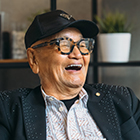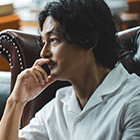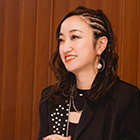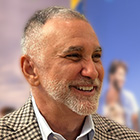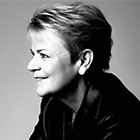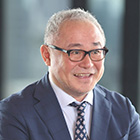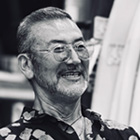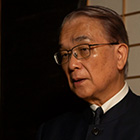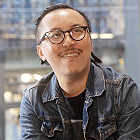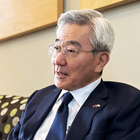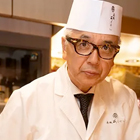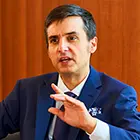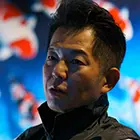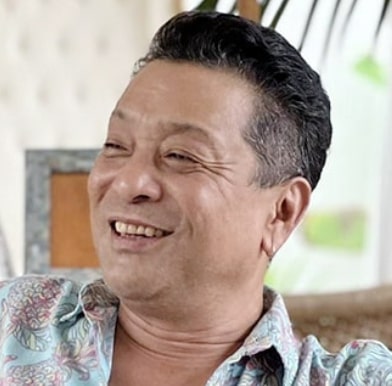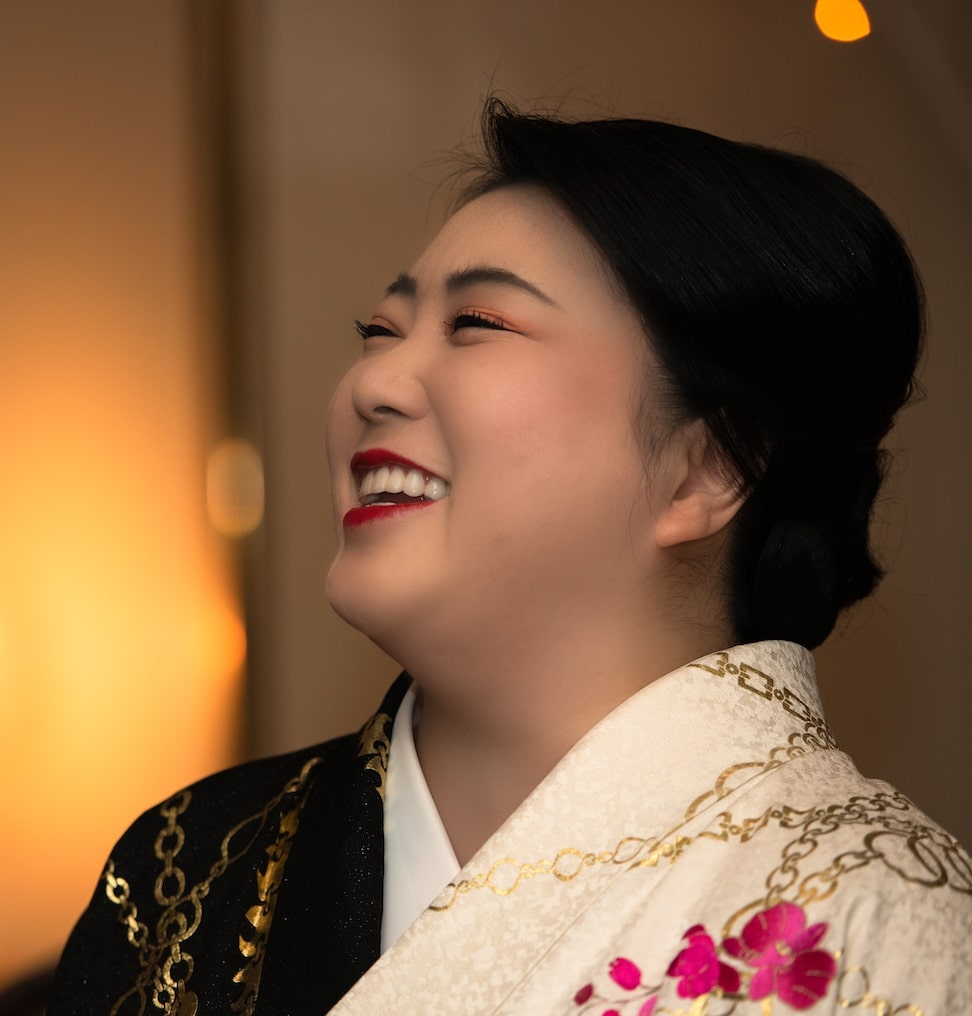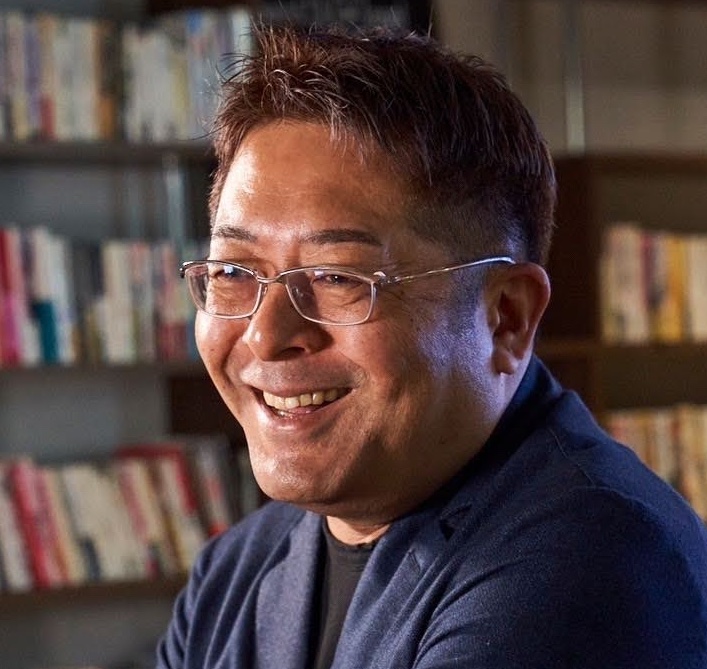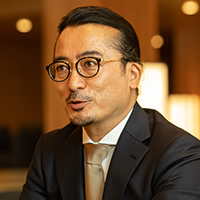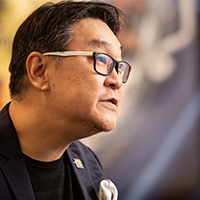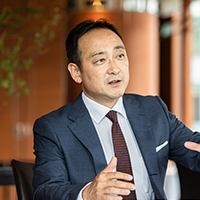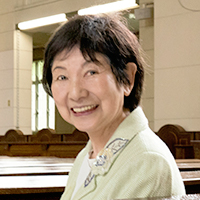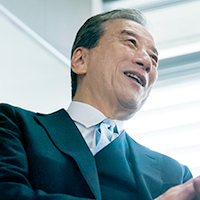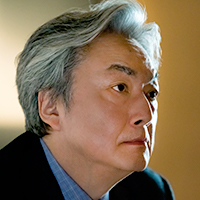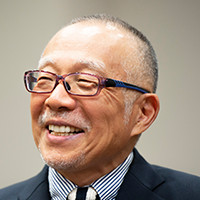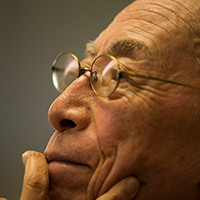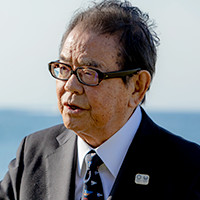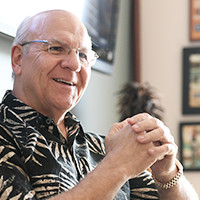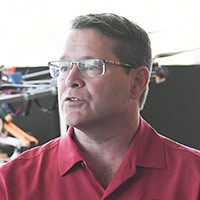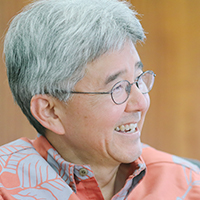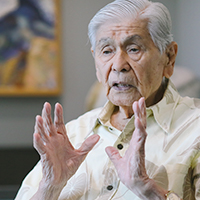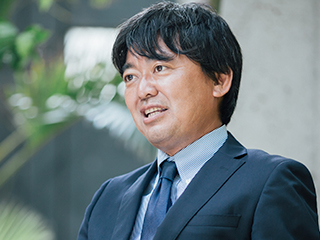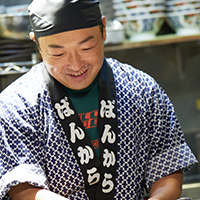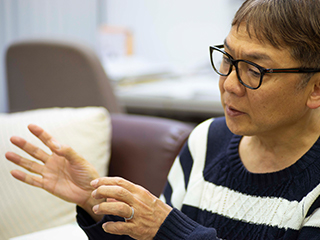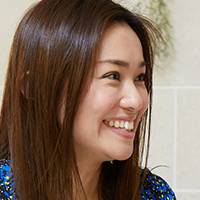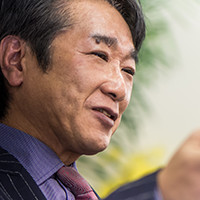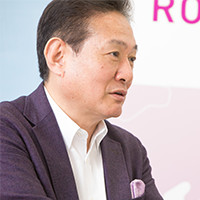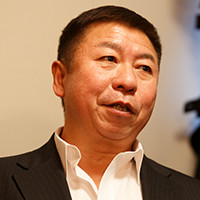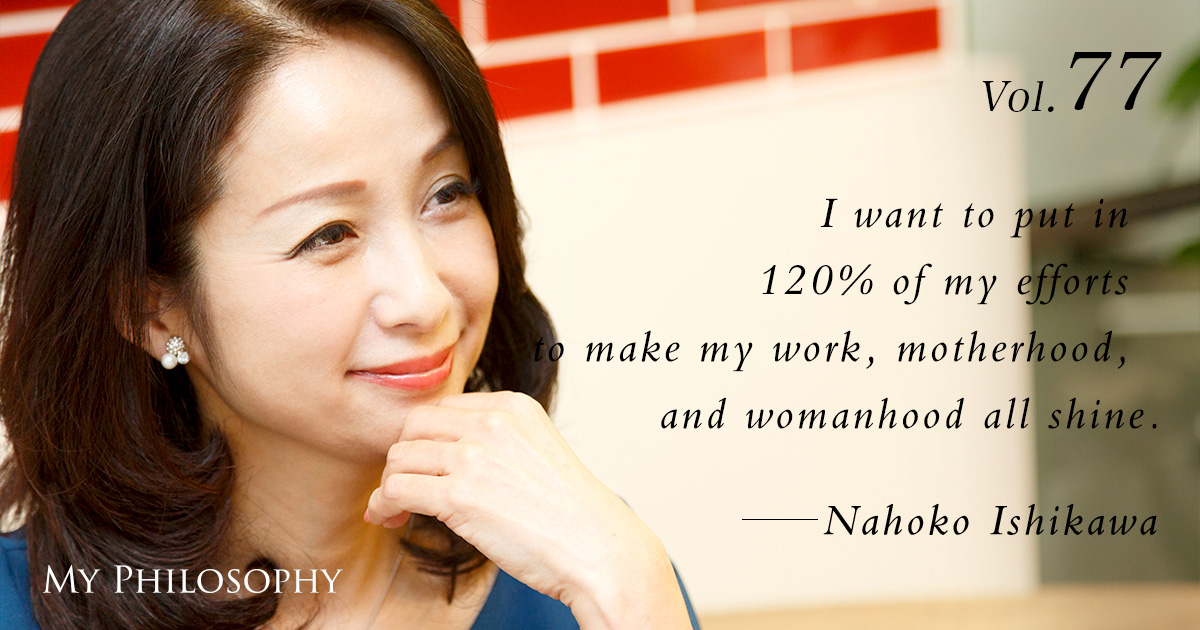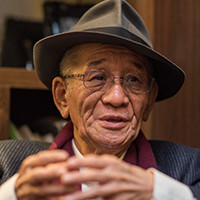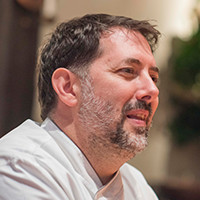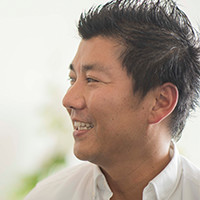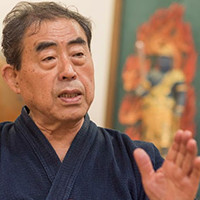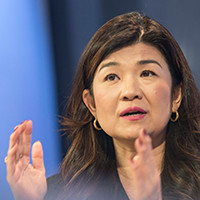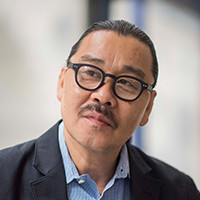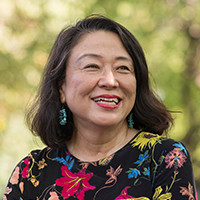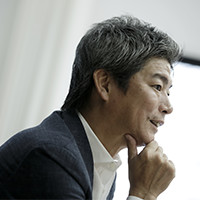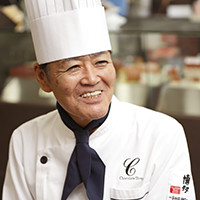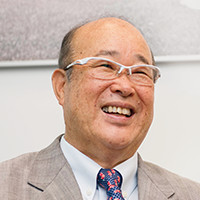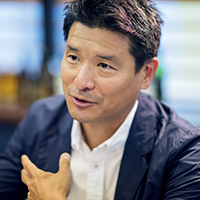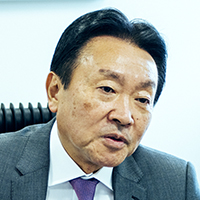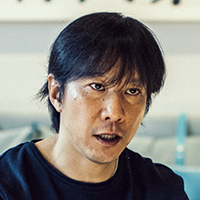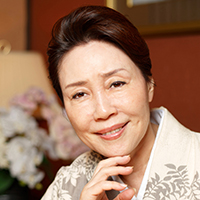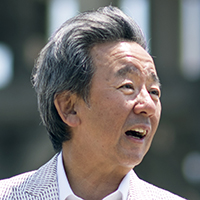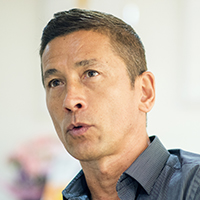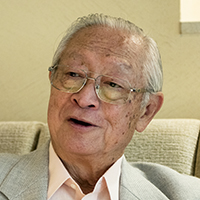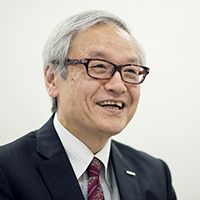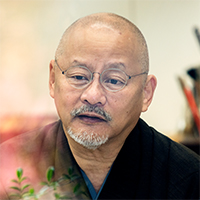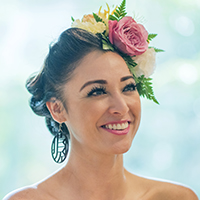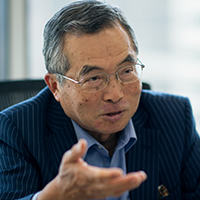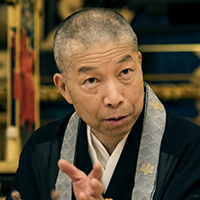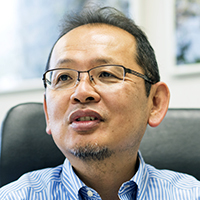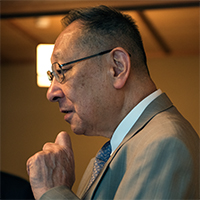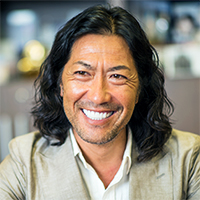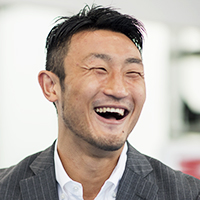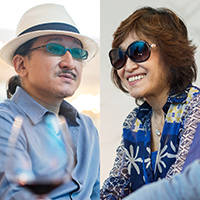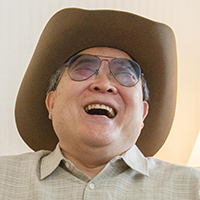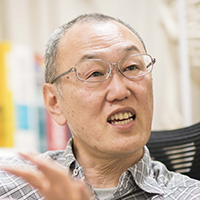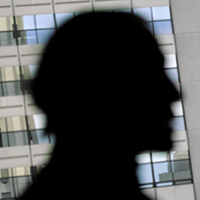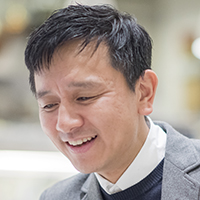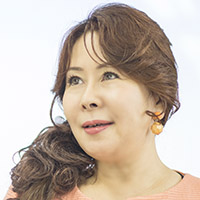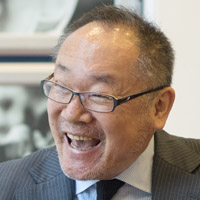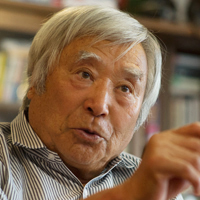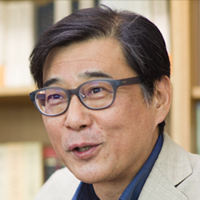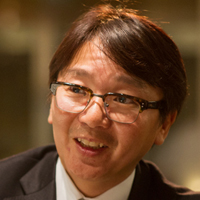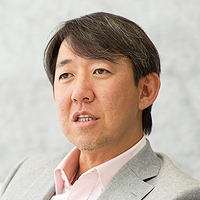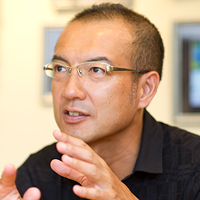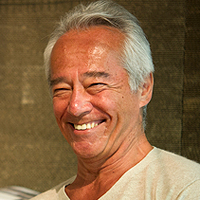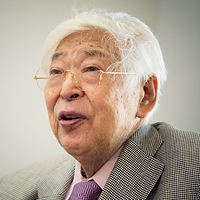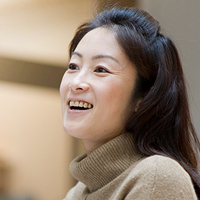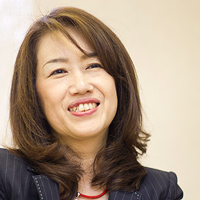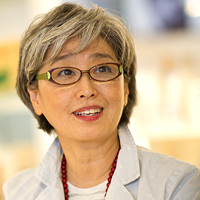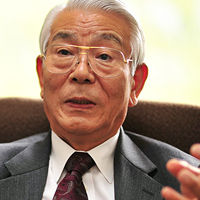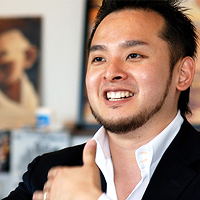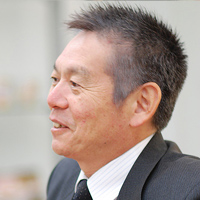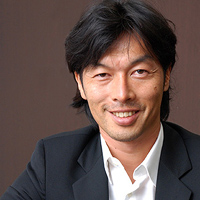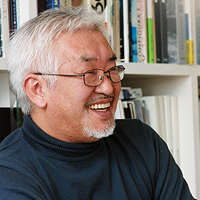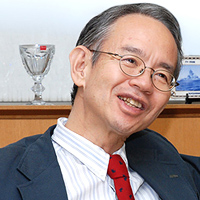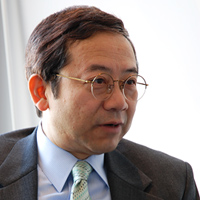
We spoke with Mr. Fumi Sasada of BRAVIS INTERNATIONAL, who has designed the packaging for many products we see daily, such as "Nodogoshi Nama", "KIRIN Hyoketsu", and "Bulgaria Yogurt", about the process of package design development and his management philosophy.
Profile
Vol.5 Fumi Sasada
President and CEO of BRAVIS International, Inc. | Chairman of the Japan Package Design Association
In 1968, as a scholarship student, he traveled to the United States. After graduating from Roosevelt High School in Los Angeles, he entered the College of Business Administration at California State University, Los Angeles, majoring in management. Following his graduation from the College of Arts at the same university, he enrolled in the Graphic/Packaging Design program at Art Center College of Design. After graduating, he joined Landor Associates' San Francisco headquarters as a designer. In 1983, he was dispatched to the Tokyo office as a Creative Director. In 1992, he became the representative and vice president of Landor Associates Japan. He founded BRAVIS International in 1996 and became its president and CEO. In 2006, he assumed the position of chairman of the Japan Package Design Association.
*The titles and positions mentioned are as of the time of the interview (February 2009).
Package design
Thanks to its success since launch, the development of “Nodogoshi Nama”‘s design progressed without certainty of the product’s release. It eventually did launch, and its design has remained unchanged ever since. However, it’s unclear how many consumers view this packaging as a designed entity. It may be perceived simply as something that comes with purchasing the product, a concept that differs from the design perception associated with fashion or industrial products. Therefore, I aspire for the social status of package design to elevate beyond its current standing.
On the path to design

After graduating from junior high school, I decided to study abroad in the United States amidst feelings of anxiety, thinking that perhaps this could change my life. At that time, I never dreamed that design would become my lifelong career. During high school, I was interested in architecture, but at California State University, I initially majored in sociology. However, finding it different from what I had imagined, I switched to Business Administration, thinking that it might lead to job opportunities. Around that time, I enjoyed drawing typographic and handwritten designs and often made posters for friends upon request. Gradually, I began to think that I might have a talent in this area and took art classes. I also liked photography and took photography classes. I truly enjoyed the worlds of design and photography. Intending to live in America for the rest of my life, I thought I needed a skilled profession, and that’s when I considered the path of becoming a designer.
Because I love it, I can do it
I didn’t always dream of becoming a designer since childhood, but through trial and error in my work and eventually becoming a designer, I’ve come to appreciate that the greatest joy and excitement come from doing what I love most. Without this passion, it’s hard to persist. For work that I don’t want to do, even if I’m earnestly requested, I find myself hesitating. It’s not about the money; I’m happy doing work that I can genuinely say I love. When new employees join, I spend a day talking with each of them. I tell them that if they don’t like this job, they won’t last here. One cannot continue if they dislike the work; it’s essential to cherish the feeling of being able to do what one loves. When people are good at something and receive praise from others, they feel motivated to do more, don’t they?

In the 13 years since I founded the company, things have gone smoothly, thanks to everyone. I haven’t done anything special, but I always tell my staff to cherish each design. “We can’t design packaging for something like this” or “It won’t sell anyway” are phrases we never say. We design seriously for products filled with the clients’ passionate endeavors, aiming to create designs that can move people. I believe that by never losing the drive to create impactful designs, we earn the trust of our clients, leading to further commissions.
In essence, it’s about how the individuals and companies responsible for brands and products perceive us. If the product sells, we’re trusted, and I believe we’ll receive requests from other brand managers. Even if a product doesn’t sell well, it’s crucial to establish connections for the future, like “The design by BRAVIS was very good, so please help us with something next time.” It’s about valuing human-to-human relationships and cherishing each project. That’s why I always give my all to my work.
Moving Forward Without Looking Back
For example, it’s unlikely that anyone who plans to increase their employees to 100 in a few years can achieve this without fail. It’s not that simple. I believe it’s sufficient to not stand still but to keep looking forward and pushing ahead. Humans age and eventually die, so there is no eternity. At some point, you will undoubtedly see your own limits. I have not yet seen my limits. They will probably become apparent later on. For now, my focus is solely on going as far as I can.
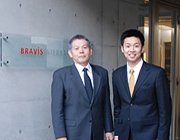
Your approach to work deeply resonates with me. I believe that having the flexibility to take appropriate action at the right time is the most crucial aspect of management. I am convinced that BRAVIS is what it is today because of your dedication to tackling each task with utmost effort right from the start of your business. Thank you for your time amidst your busy schedule. I wish you even greater success in the future.
February 2009, at BRAVIS Headquarters,Edited by: Naomi Kusuda,Photographed by: Daiki Ayuzawa





